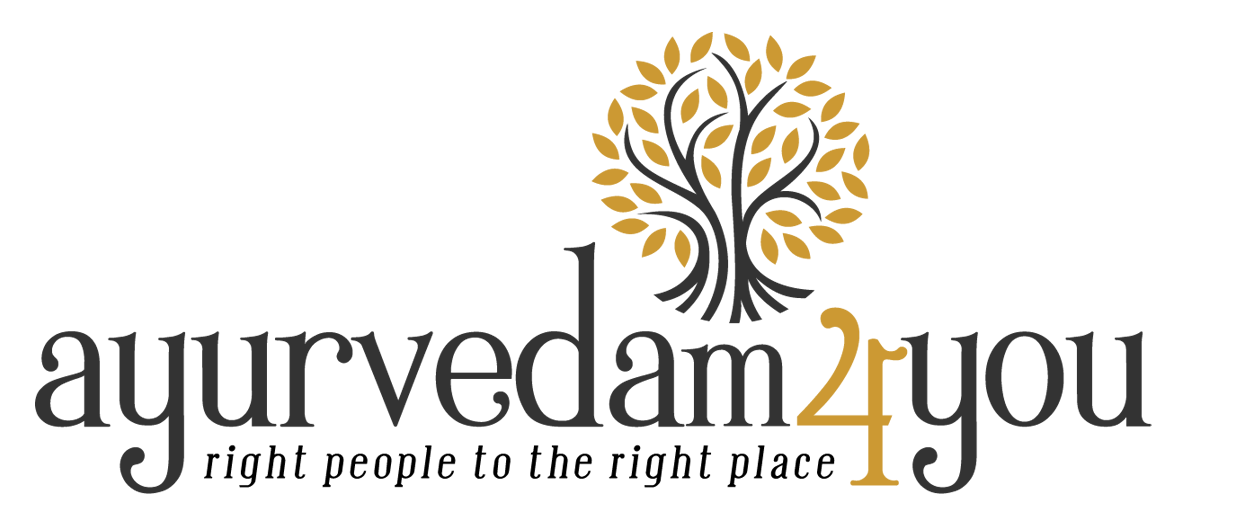Acquired immunodeficiency syndrome (AIDS) is a chronic, potentially life-threatening condition caused by the human immunodeficiency virus (HIV). By damaging your immune system, HIV interferes with your body’s ability to fight infection and disease.
HIV is a sexually transmitted infection (STI). It can also be spread by contact with infected blood and from illicit injection drug use or sharing needles. It can also be spread from mother to child during pregnancy, childbirth or breastfeeding. Without medication, it may take years before HIV weakens your immune system to the point that you have AIDS.
There’s no cure for HIV/AIDS, but medications can control the infection and prevent progression of the disease.
Primary infection (Acute HIV)
Some people infected by HIV develop a flu-like illness within 2 to 4 weeks after the virus enters the body. This illness, known as primary (acute) HIV infection, may last for a few weeks.
Possible signs and symptoms include:
- Fever
- Headache
- Muscle aches and joint pain
- Rash
- Sore throat and painful mouth sores
- Swollen lymph glands, mainly on the neck
- Diarrhoea
- Weight loss
- Cough
- Night sweats
This World AIDS Day, 1 December, UNAIDS is urging each of us to address the inequalities which are holding back progress in ending AIDS. The inequalities which perpetuate the AIDS pandemic are not inevitable; we can tackle them. The “Equalize” slogan is a call to action. It is a prompt for all of us to work for the proven practical actions needed to address inequalities and help end AIDS.
These include:
- Increase availability, quality and suitability of services, for HIV treatment, testing and prevention, so that everyone is well-served.
- Reform laws, policies and practices to tackle the stigma and exclusion faced by people living with HIV and by key and marginalized populations, so that everyone is shown respect and is welcomed.
- Ensure the sharing of technology to enable equal access to the best HIV science, between communities and between the Global South and North.
- Communities will be able to make use of and adapt the “Equalize” message to highlight the particular inequalities they face and to press for the actions needed to address them.
